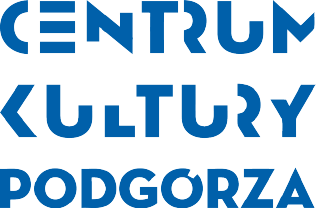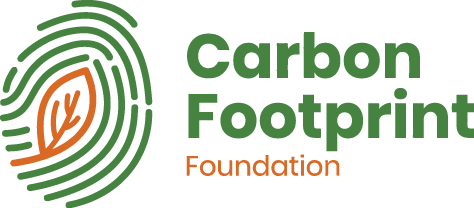Recycling tyres
The City Trends project was inspired by a flow chart (Sankey diagram) plotting the amount of used and recycled tyres in four chosen countries. Poland, France, Greece and Turkey “produced” one million tons of used tyres in total in 2018. As a result, the City Trends installation symbolically illustrates, among other things, the number of tyres that either end up as recycled raw material or in the production of energy.
Despite being a relatively niche waste [in comparison with plastic, for instance] and successfully recycled in respective countries on the scale from 70 to 99%, the number of unrecycled tyres is still astounding. According to the End of Life Tyres Management – Europe 2018 Status report, these four countries solely have FAILED to recycle 150,553 tons of rubber, which in natural conditions takes a hundred years to decompose. In line with current regulations, tyres are treated as hazardous waste and should not be stored or deposited at landfills. They are to be collected and recycled.
Drought
Shrinking water resources is a real threat. We are going to face a water deficit in the near future, even though the current weather behind the window does not indicate it. Year after year the water balance is unfavourable for us and there are many reasons for this. In addition to the obvious ones, which are easy to associate with periods of drought (no rain or snow-poor winters) there are also those resulting from our human interference.
Let’s start with the fact that we like to control and improve everything. It is our human ailment, and in some cases caused by over-zealousness.
People constantly dry the ground, straighten rivers and streams or build aesthetic concrete channels to tame the waters. All of those have been speeding up the water outflow for ages. Instead of dwelling in its intended place it flows like a whip and shoots straight into the next river mouth. Too fast surface runoff observed in agricultural, urbanized areas with strongly hardened surfaces is a fundamental problem that exacerbates the effects of floods and
droughts. The decisive role in this case is the hydro-morphological condition of watercourses, i.e. aspects such as the geometry of the riverbed (e.g. its tortuosity), the type of substrate (artificial vs. natural), the vegetation of the bed and organic debris (life forms of aquatic plants, treatments regarding the surrounding vegetation, e.g. mowing), erosion and the nature of deposition (islands, shoals, shore undercuts), flow, influence of artificial structures on the
continuity of flow, structure and modifications of the shore, flood terrace (e.g. oxbow lakes, peat bogs, fish ponds), the degree of lateral connection of the river with the flood terrace (possibility of changes in the position of the riverbed).
A lot of factors, isn’t it? Now you can see how many things we can do to make the situation worse or – in the optimistic version – to improve it!
Work has been done already and things are underway to stop the consequences of our human subjugation of rivers.
It was the drought theme that inspired us to work on “EcoStream”.
See how the hydro-morphological problems of the catchment can be neatly described in the language of art.










